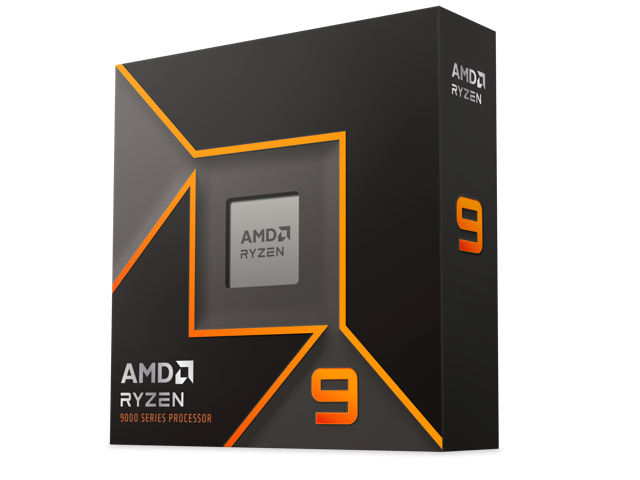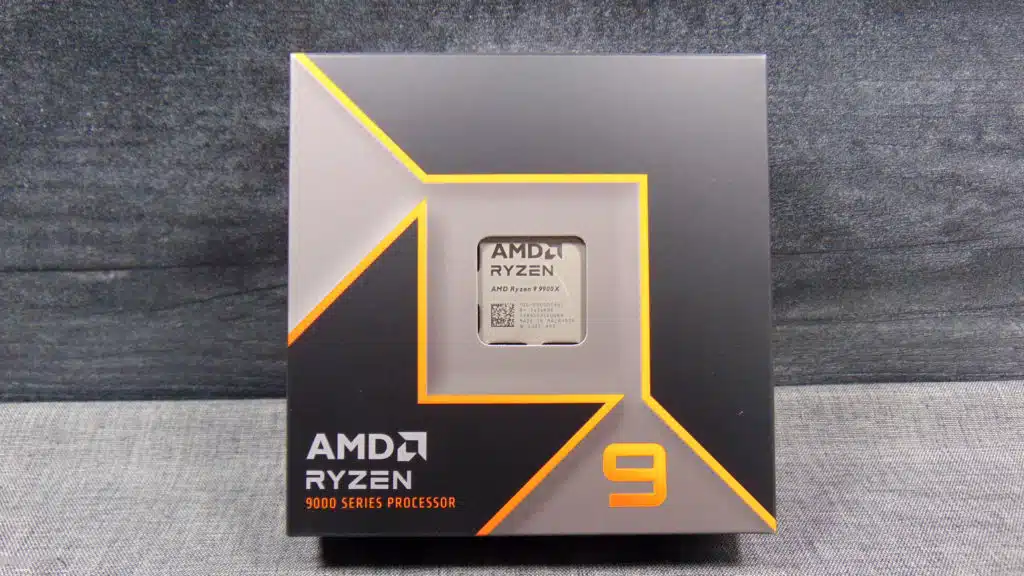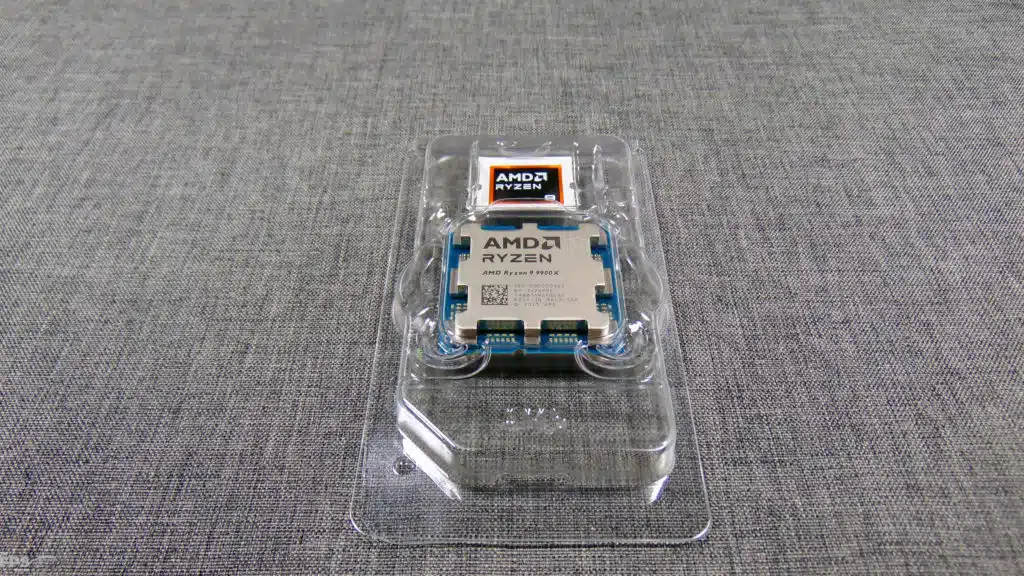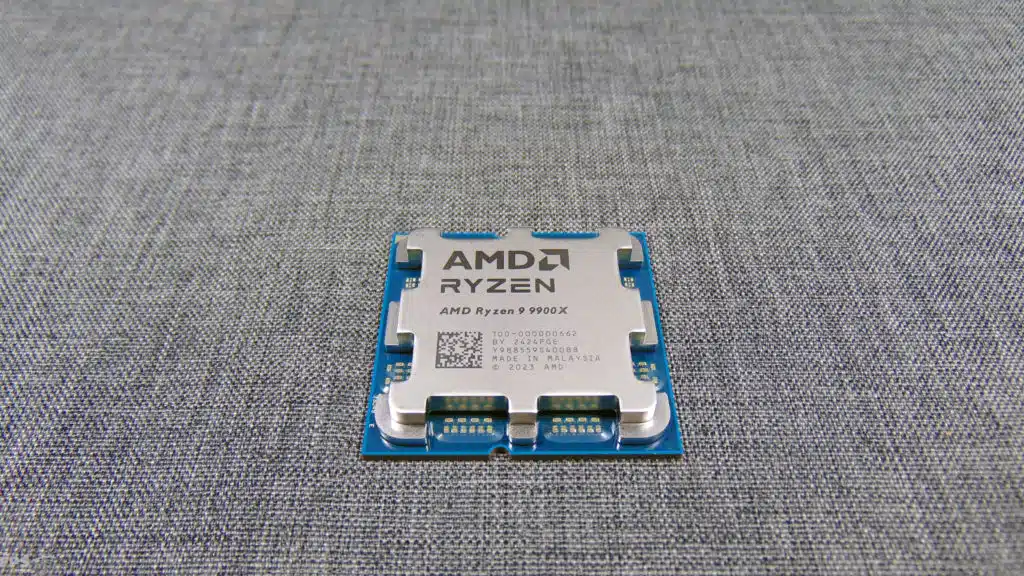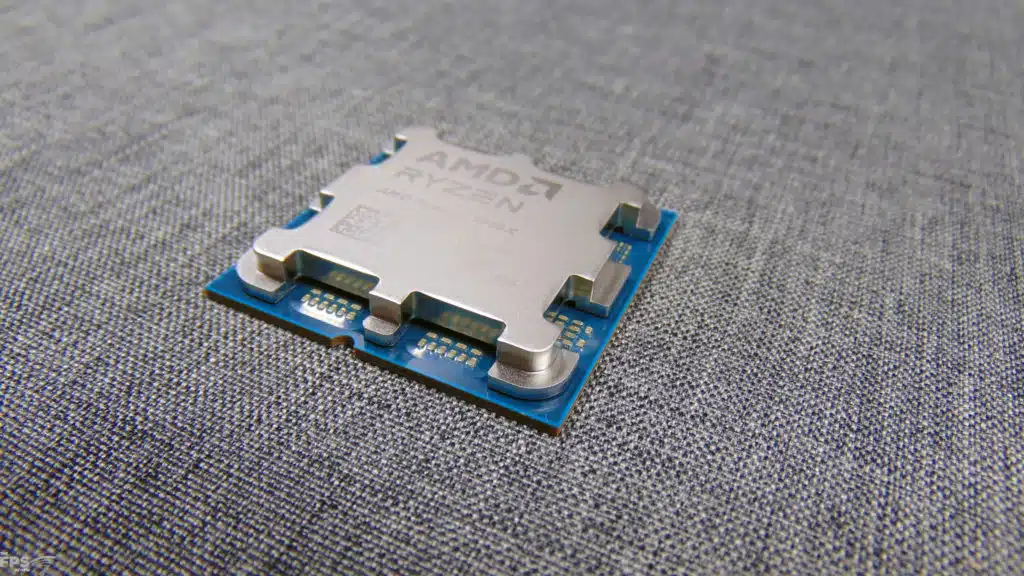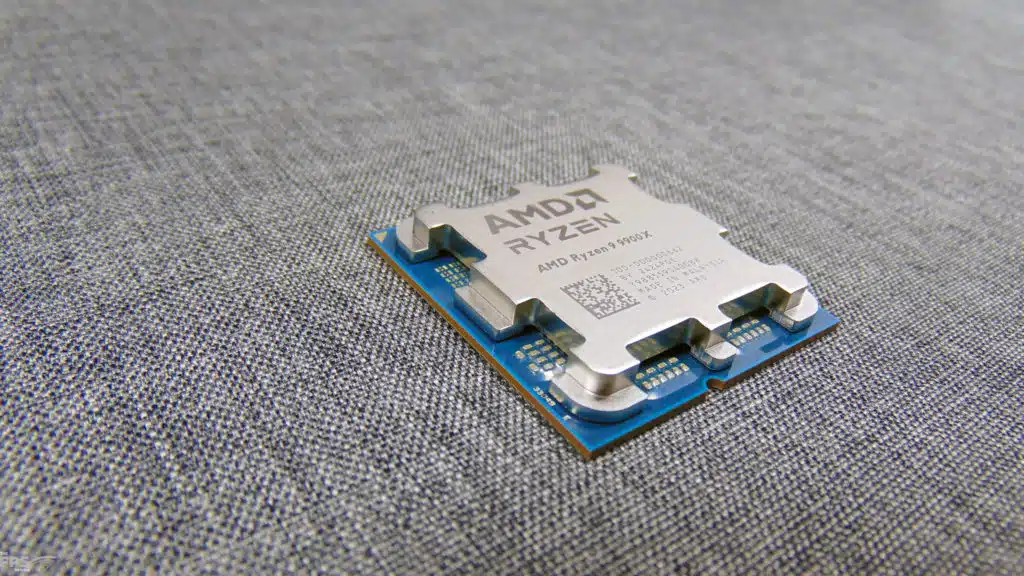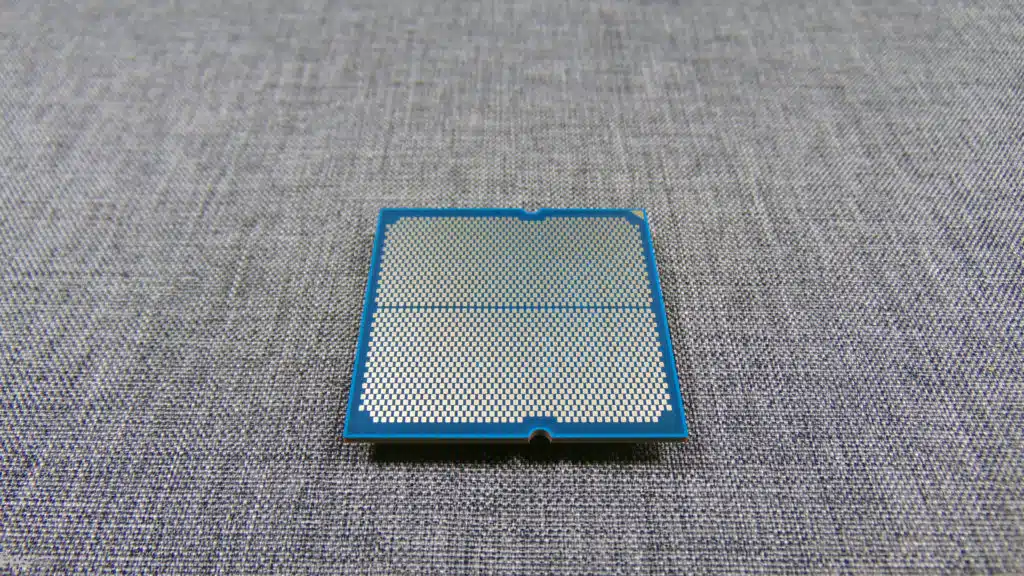
Introduction
AMD’s Ryzen 9 SKUs of the Ryzen 9000 series CPUs based on the new Zen 5 architecture are launching and will be available in retail on August 15th, 2024. We are talking specifically about the top-dog, flagship, 16-core AMD Ryzen 9 9950X as well as the high-end 12-core AMD Ryzen 9 9900X. In this review, we will be reviewing the AMD Ryzen 9 9900X and putting it through system benchmarks, synthetic testing of multi-core and single-core performance, and gaming for a balanced review of what the new CPUs offer for different use cases.
Announced at Computex 2024, the AMD Ryzen 9000 series CPUs and Zen 5 architecture launch a new generation from AMD on the client, desktop PC segment for the AM5 platform. The Zen 5 architecture is a new generation architecture that supersedes the previous Zen 4 architecture found in the current lineup of AMD Ryzen 7000 series desktop CPUs.
The AMD Ryzen 9 9900X will have an MSRP of $499. The AMD Ryzen 9 9900X (Granite Ridge) directly replaces the previous generation Ryzen 9 7900X which was launched in September of 2022. The AMD Ryzen 9 7900X had a launch MSRP of $549 in 2022.
Therefore, the AMD Ryzen 9 9900X has had a 9% price reduction compared to the previous generation, based on the release MSRP. Note that while the Ryzen 9 7900X has an MSRP of $549, the actual available street pricing in 2024 has dropped and is around the $360 mark at the time of writing, but has been as low as $330 over the past couple of months and typically around $400 over the first half of this year, which changes the perspective on the Ryzen 9 9900X’s value and positioning.
We have previously disclosed a lot of information about the AMD Ryzen 9000 CPUs and the Zen 5 architecture, with several different content pieces. We will link all the places you can go to on both our Website, and our YouTube channel to read and watch more information and our thoughts and opinions on the Ryzen 9000 CPU series, we are not going to dive into it too much in this review.
You can start by reading our Computex 2024 announcement coverage article. Then you will want to mosey over to our YouTube channel and catch our detailed Ryzen 9000 CPU coverage with commentary and thoughts. Finally, you will want to check out our YouTube channel for our detailed Ryzen 9000 CPU and Zen 5 architecture coverage with commentary and thoughts as well as our article on our Website on the same topics.
AMD Ryzen 9 9900X
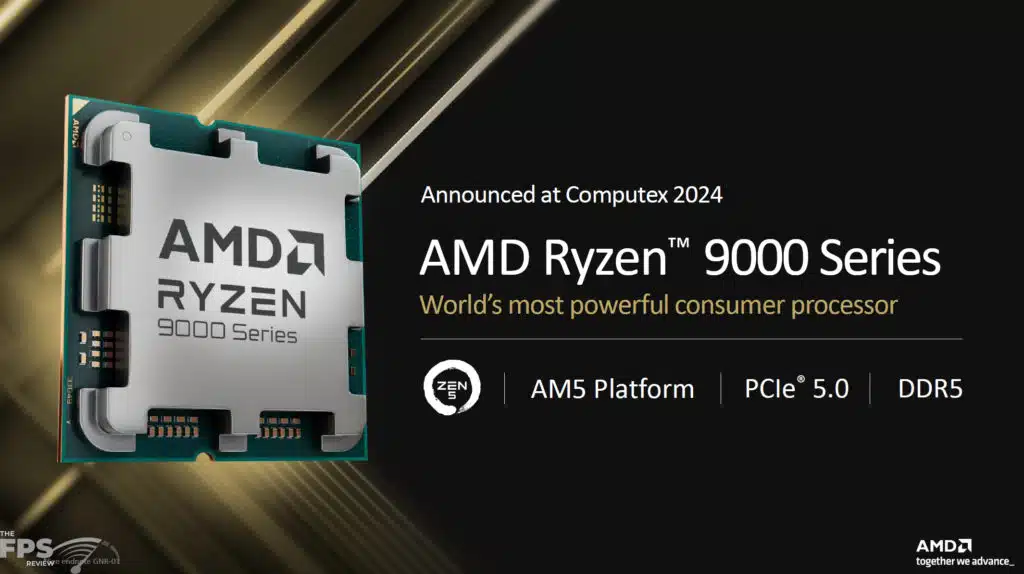
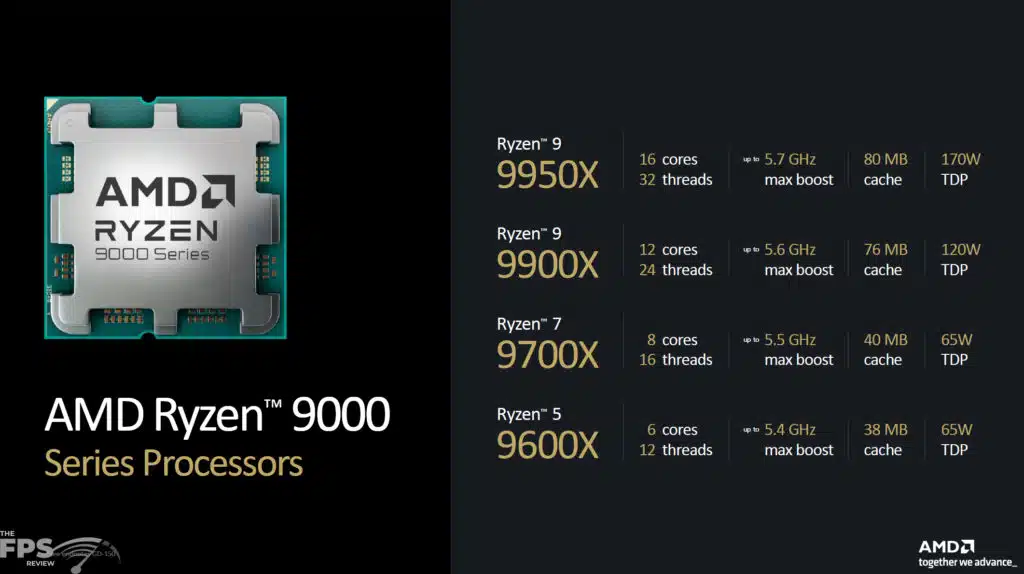
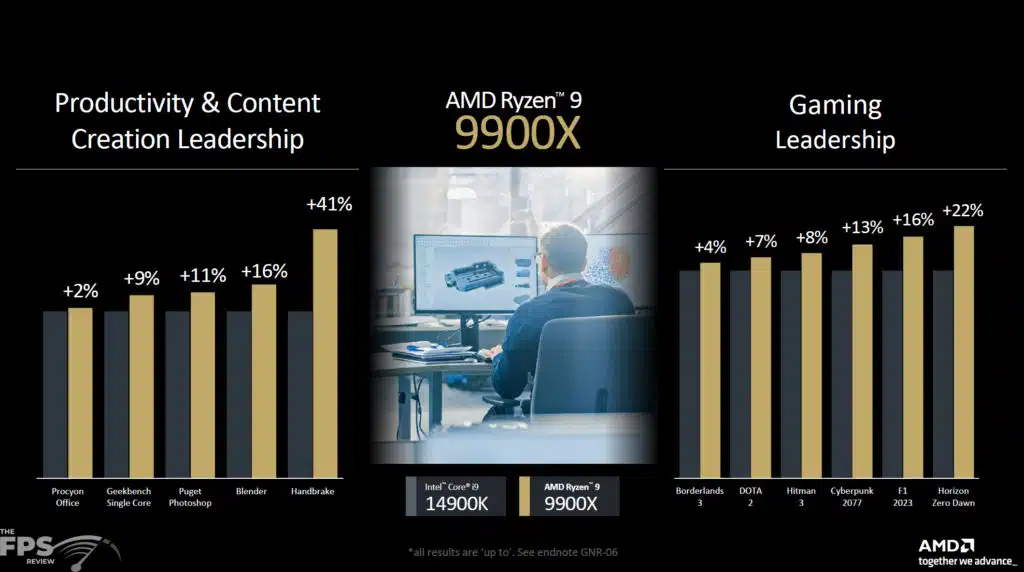
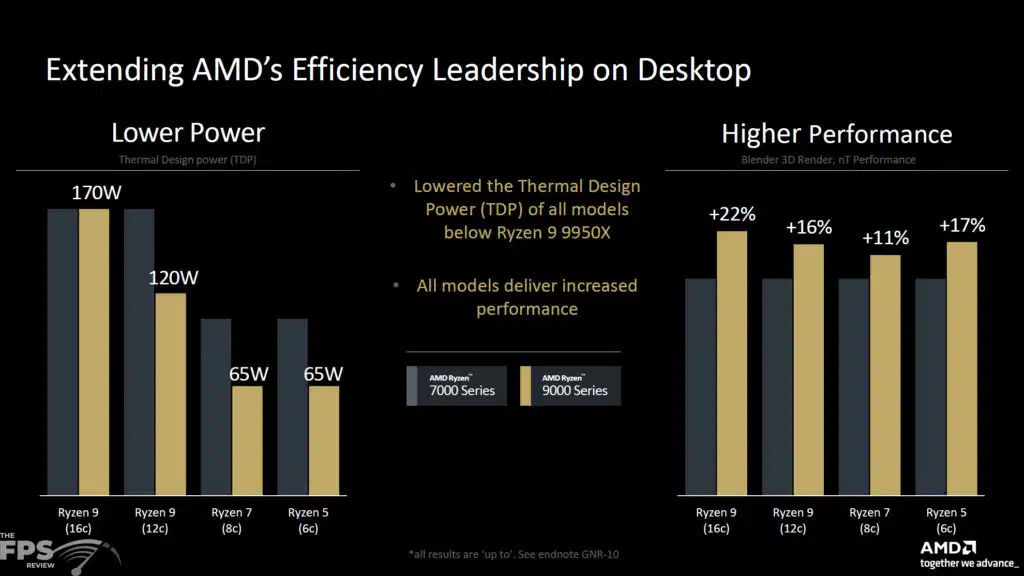
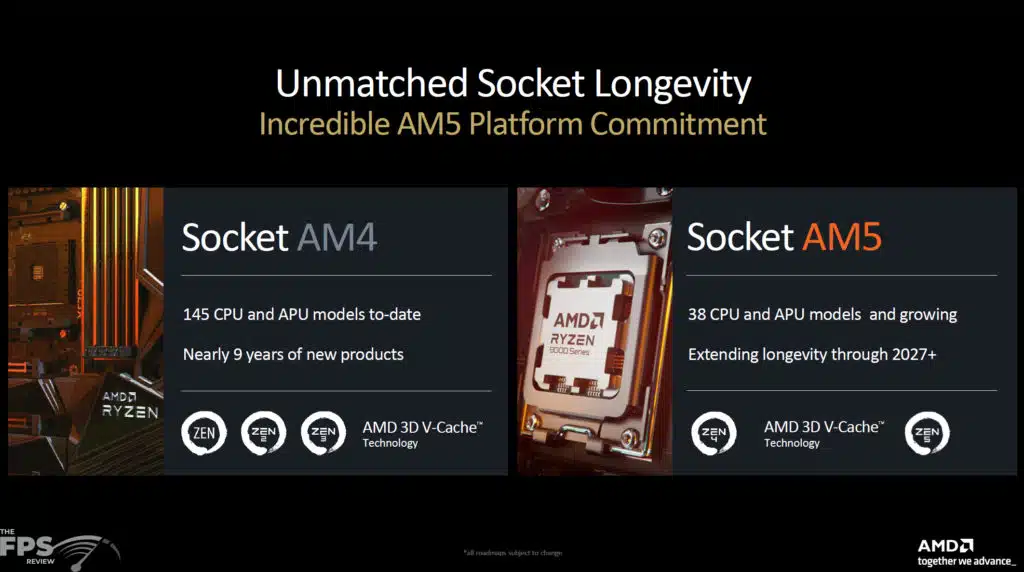
The AMD Ryzen 9 9900X is manufactured from TSMC at 4nm for the CCD and 6nm for the I/O die on the AM5 socket platform from AMD on the Zen 5 architecture. It is a 12-core/24-thread CPU with a base clock of 4.4GHz and a max boost of up to 5.6GHz. It has a combined cache of 76MB (64MB L3) and a TDP of 120W with a Default Socket Power (PPT) of 162W. It officially supports DDR5 5600MT/s JDEC. It supports PCIe 5.0 and has 24 lanes of PCIe. Other specifications include a Max Current (EDC) of 180A, Max Current, Thermally Limited (TDC) of 120A, a TjMax of 95c, and a typical loaded temperature of 70-90°C and Stock/Auto Voltage Range (Active Core) 0.650–1.475V.
AMD’s first-party benchmarks show productivity and content creation performance anywhere from +2% up to +41% in outlier benchmarks, compared to the 14900K. Mostly, it is showing in the 10% range. It shows gaming performance anywhere from +4% up to +22% compared to the 14900K very dependent on the game title and settings. If we take the average of AMD’s claimed gaming performance, the average ends up being 12%.
| Ryzen 9 9900X | Ryzen 9 7900X | |
|---|---|---|
| Architecture | Zen 5 | Zen 4 |
| Process | 4nm CCD/6nm IOD | 5nm CCD/6nm IOD |
| Cores/Threads | 12/24 | 12/24 |
| Cache (L2+L3) | 76MB (64MB L3) | 76MB (64MB L3) |
| Base Clock | 4.4GHz | 4.7GHz |
| Turbo Clock | 5.6GHz | 5.6GHz |
| TDP | 120W | 170W |
| Launch MSRP | $499 | $549 |
The AMD Ryzen 9 9900X is a 12-core/24-thread CPU just like the Ryzen 9 7900X it is replacing, with the same cache layout and 64MB of L3 cache. The new AMD Ryzen 9 9900X has a lower base clock at 4.4GHz but maintains the same up to 5.6GHz maximum boost clock frequency as the 7900X. There is a difference though, and that is in the power. The AMD Ryzen 9 9900X has a TDP of 120W while the TDP of the Ryzen 9 7900X was 170W. The PPT of the AMD Ryzen 9 9900X is 162W while the PPT of the Ryzen 9 7900X is 230W, so the AMD Ryzen 9 9900X has a reduced power envelope all around.
AMD Ryzen 9 9900X Pictures
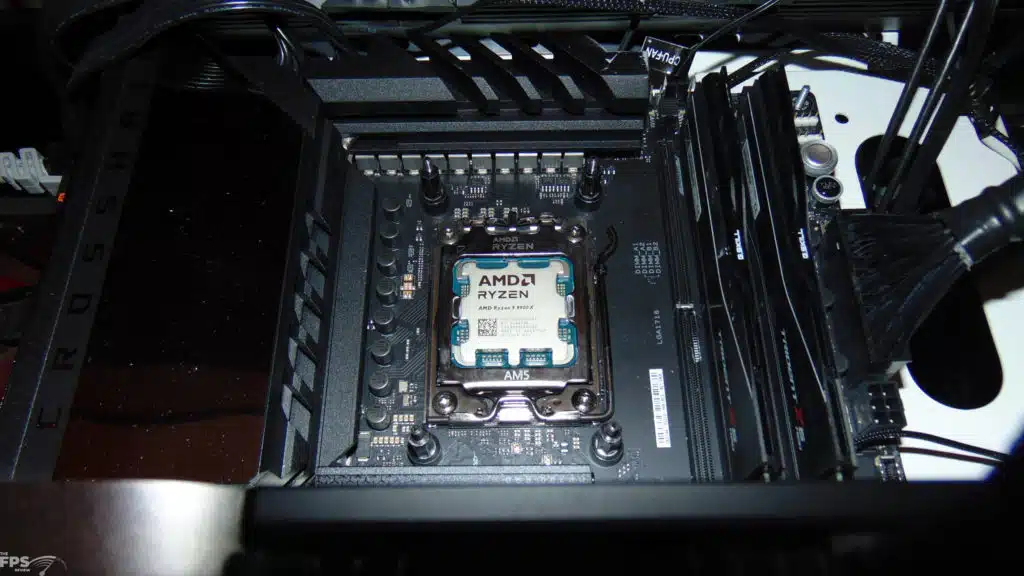
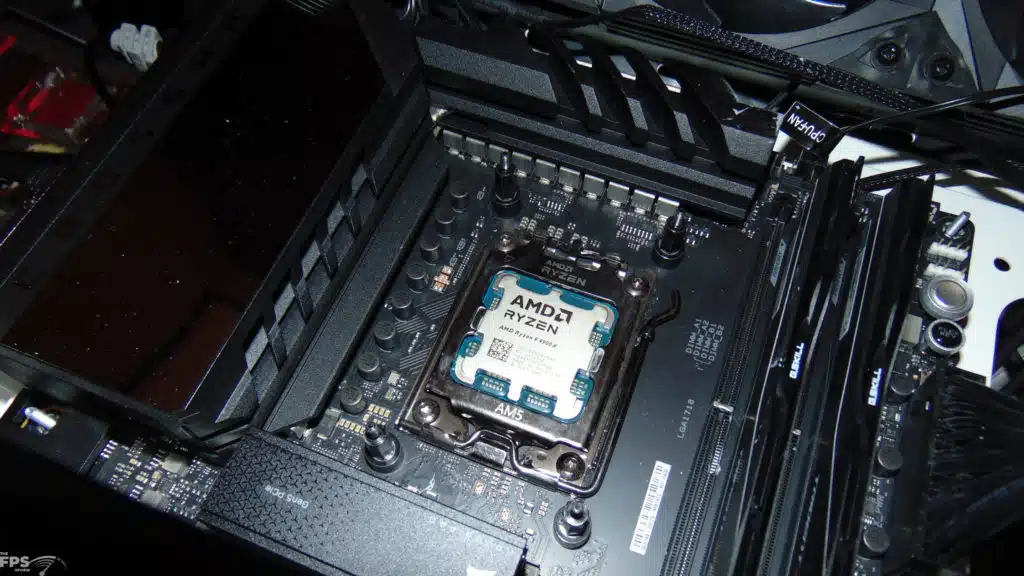
Installation went smoothly into our ROG CROSSHAIR X670E HERO motherboard, and we had no issues with this CPU working on our X670E chipset AM5 motherboard. This CPU worked fine on the latest public official BIOS from ASUS’s website. BIOS’s that support AGESA ComboAM5PI_1200a PatchA are recommended for Ryzen 12c and 16c parts.
AMD did provide BIOS (2201) for the motherboard that includes a “PatchA” to use for testing Ryzen 9000 CPUs. The full AGESA used for our Ryzen 9 9900X CPU was: AGESA ComboAM5PI_1200a PatchA that we used. We asked AMD what the PatchA adds, and AMD responded with this information: “Patch A has some tweaks specific to the 12 and 16c 9000 Series. We recommend using the one we provided, with Patch A, to keep the versions consistent with your upcoming 12+16c review.” So that is no problem, the newer PatchA BIOS was used for all Ryzen 9000 CPUs.




